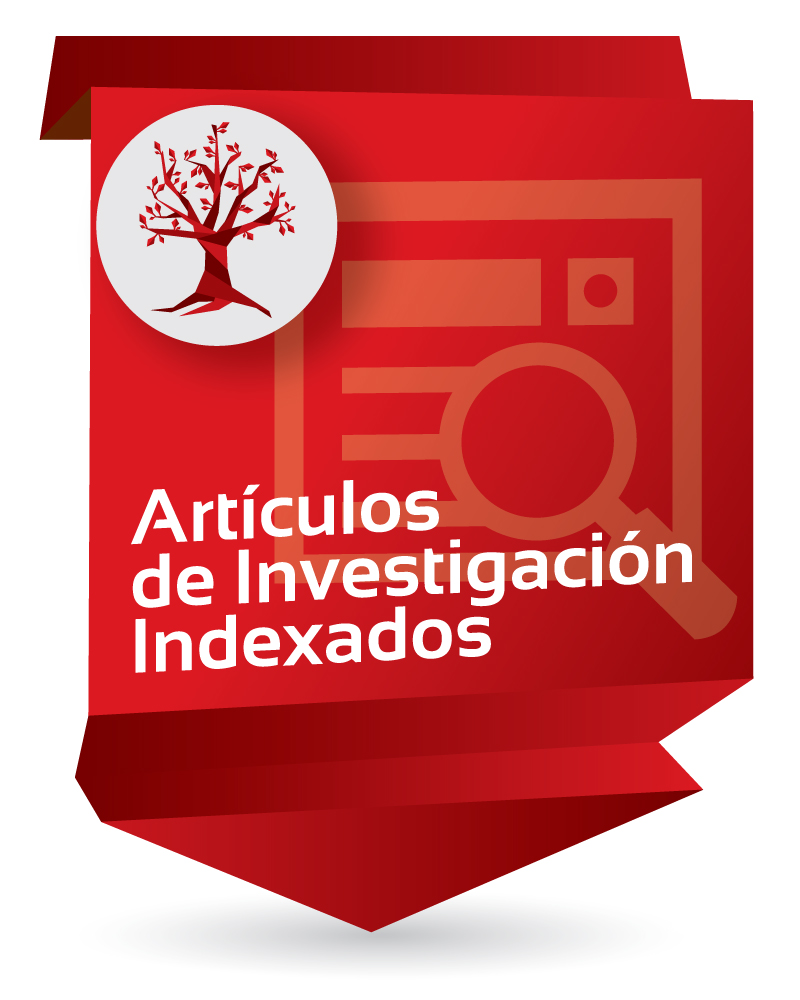Teachers' attitudes, perceptions and experiences in CLIL: A look at content and language

Item Links
URI: http://hdl.handle.net/10818/45317Visitar enlace: http://www.scielo.org.co/sciel ...
Visitar enlace: http://www.scielo.org.co/pdf/c ...
ISSN: 0123-4641
DOI: http://dx.doi.org/10.14483/udi ...
Compartir
Statistics
View Usage StatisticsBibliographic cataloging
Show full item recordAuthor
McDougald, JermaineDate
2015-03-25Abstract
This paper is a preliminary report on the "CLIL State of the Art" project in Colombia, drawing on data collected from 140 teachers' regarding their attitudes toward, perceptions of, and experiences with CLIL (content and language integrated learning). The term CLIL is used here to refer to teaching contexts in which a foreign language (in these cases, English) is the medium for the teaching and learning of non-language subjects. The data that has been gathered thus far reveal that while teachers presently know very little about CLIL, they are nevertheless actively seeking informal and formal instruction in CLIL. Many of the surveyed teachers are currently teaching content areas through English; approximately half of them reported having had positive experiences teaching content and language together, though the remainder claimed to lack sufficient knowledge in content areas. Almost all of the participants agreed that the CLIL approach can benefit students, helping them develop both language skills and subject knowledge (meaningful communication). Nevertheless, there is still considerable uncertainty as to the actual state of the art of CLIL in Colombia; greater clarity here will enable educators and decision-makers to make sound decisions for the future of general and language education. El artículo es un informe preliminar sobre el proyecto "CLIL State-of-the-Art" en Colombia, a partir de los datos recolectados de 140 docentes con respecto a sus actitudes ante las percepciones y experiencias con AICLE (Aprendizaje Integrado de Contenidos y Lengua). El término CLIL (AICLE) se utiliza aquí para referirse al contexto educativo en el que una lengua extranjera (en estos casos, inglés) es el medio para la enseñanza y el aprendizaje de asignaturas que no son de lengua. Los datos que se han recopilado hasta la fecha revelan que aunque los docentes actualmente saben muy poco sobre CLIL, buscan activamente la formación formal e informal en CLIL. Muchos de los docentes encuestados actualmente están enseñando materias de contenido a través del inglés; aproximadamente la mitad de ellos informó haber tenido experiencias positivas de enseñanza de contenidos y lenguaje juntos, aunque el resto manifestó falta de conocimiento suficiente en las áreas de contenido. Casi todos los participantes coincidieron en que el enfoque AICLE puede beneficiar a los estudiantes, ayudándoles a desarrollar tanto las habilidades de lenguaje como conocimiento de la materia (comunicación significativa). Sin embargo, todavía hay una considerable incertidumbre sobre el estado real del enfoque de CLIL en Colombia; mayor claridad aquí permitirá a los educadores y directivos tomar decisiones acertadas para el futuro de la educación general y la educación en lengua.
Ubication
Appl. Linguist. J., 17(1), pp. 25-41

















